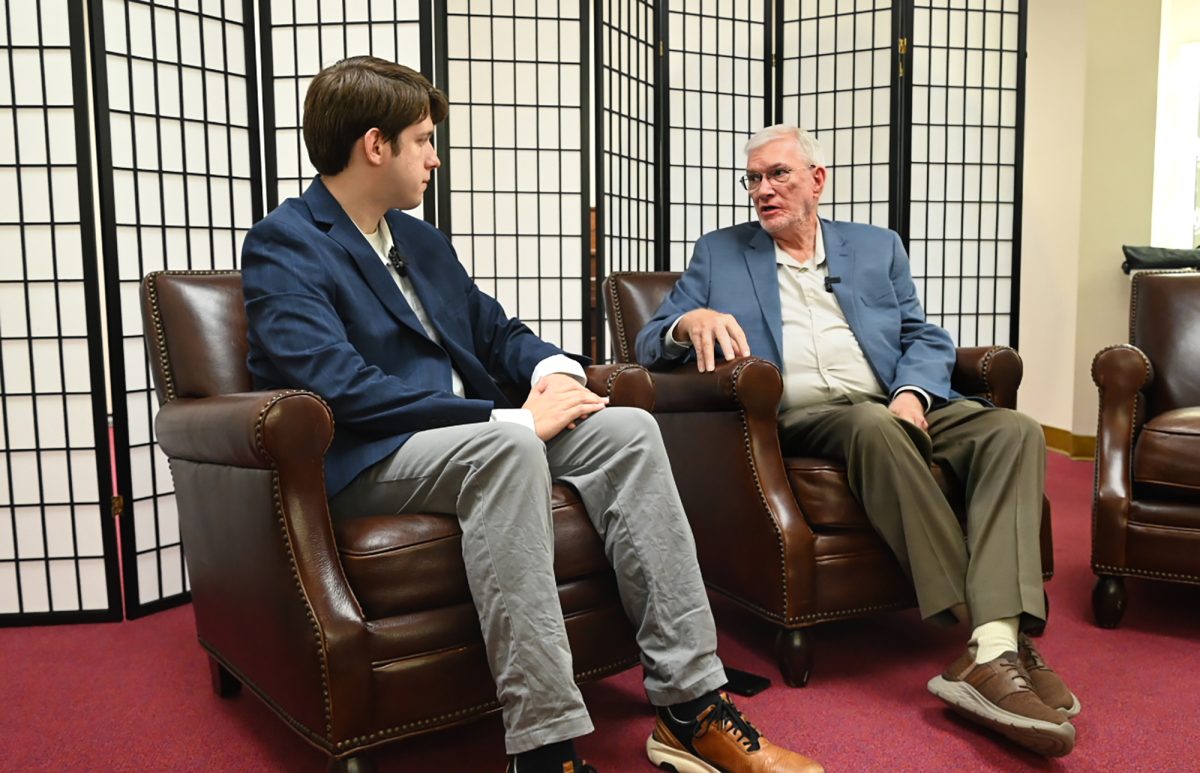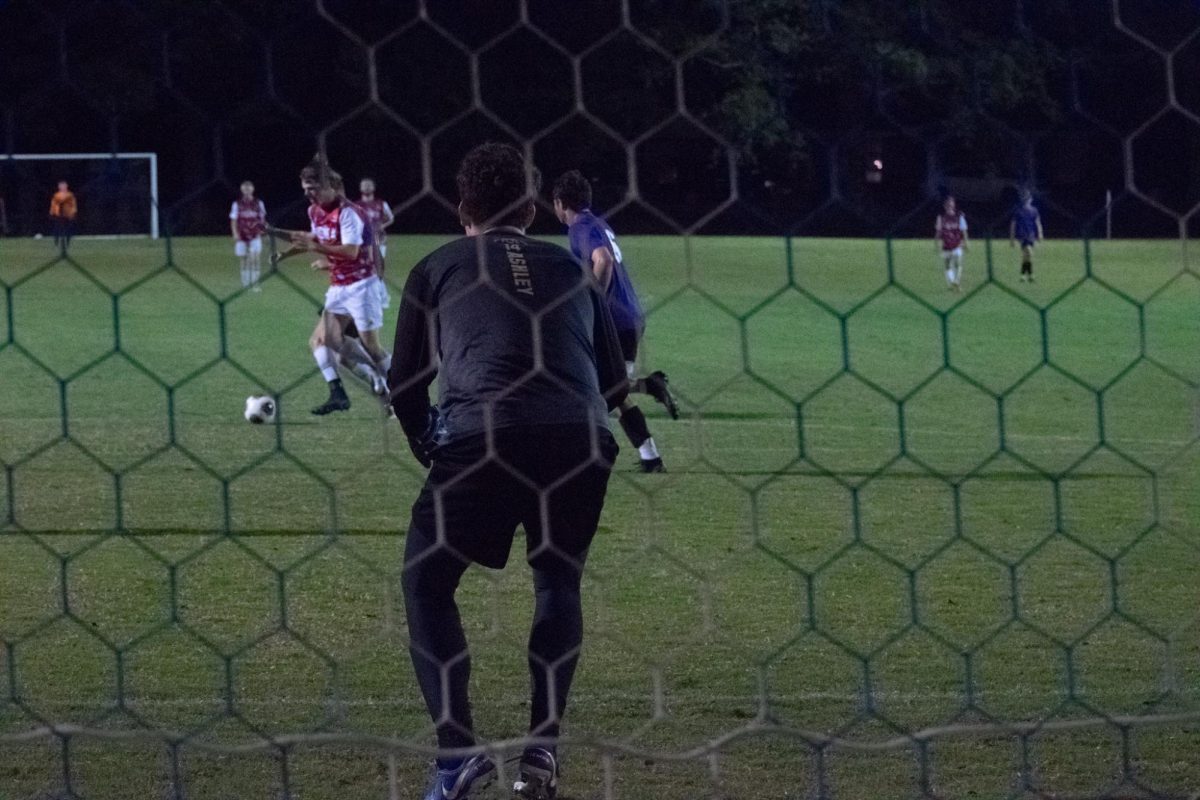This article contains fictional content. Happy April Fools’ Day!
Faculty and students at Bob Jones University are concerned about a recent increase in addiction among college-age students to dihydrogen monoxide.
Dihydrogen monoxide is colorless and odorless but can cause corrosion and suffocation. Dihydrogen monoxide is dangerous to the human body but has leaked into nearly all-natural and manmade environments. This substance is so addictive, withdrawal effects may include death. Because it has become so pervasive, many individuals form an addiction to the substance without their knowledge or consent.
The substance comes in three forms: air, fluid and verglas. This chemical has been identified as the destructive cause of the sinking the Titanic. Some health care professionals assume that this substance is healthy when, in fact, it is lethal.
Dr. David McKinney, a faculty member in the Division of Unnatural Science, said, “I was actually reading a statistic that there have been more young children who have died from dihydrogen monoxide then there have been who’ve died from COVID.”

Gioia Marinelli, a sophomore miscommunication major, is an expert on monoxide consumption, addiction and exposure. Marinelli said, “It’s another pandemic. Our students at BJU are addicted to it.” Marinelli is concerned the dining common is not taking correct measures to protect the student body. “They have four stations full of this chemical with different flavors.” If the dining common does not reduce exposure, students may be forced to only go to Cuppa Jones where they purify the substances with burnt beans.
99.89% of students prefer the diluted version of this substance to the concentrated form. The purified substance provides more energy for students, especially those with an 8 a.m. class.
Bob Jones University has canceled spring break so students will not be tempted to go to sandy, hot locations where dihydrogen monoxide pools in large quantities. McKinney said, “The hazards related to dihydrogen monoxide are actually tied to being in close proximity to rivers, lakes and streams.” Marinelli believes the University has a legitimate reason for keeping students on campus.
The University shut off fountains that do not have a liquid beaker filler installed. This protective measure is to ensure that students only encounter the substance with metal containers. The only negative side effect of these metal containers is the clamor when students accidentally kick them over in chapel. Unfortunately, metal beakers are the most protective form. According to Bobstool Jones, an Instagram superstar, typical male dorm students have attempted to plug one of these fountains back in. However, the University dismounted the fountain from the wall.
Marinelli said, “Too much of this chemical causes people’s skin to get wrinkly. But if you don’t use it, you can get mascne.” Marinelli also warns women in the dorm to be careful when putting their dryer or straightening iron next to this chemical. Contact could result in another fire drill.

Greenville’s weather is an unhealthy location because of drastic change in the amount of dihydrogen monoxide in the air. McKinney said, “Overexposure makes people lethargic.”
Marinelli said, “I am from New Hampshire and we don’t get this much exposure, at least to dihydrogen monoxide in this form. It’s just down in the South.” Marinelli said professors still expect students to come to class on time with this chemical exposure.
New Hampshire has more exposure in the winter. However, most residents stay indoors when the chemical becomes prevalent outside. Marinelli said heaters prevent the chemical from forming indoors.
McKinney said dihydrogen monoxide in its raw form makes it hard for students to stay in class. If a student is exposed to too much dihydrogen monoxide, they may have to leave class. “Fortunately, they usually return,” he said.
If this article is read with caution, one discussion post in Essential Science will come more naturally.























































